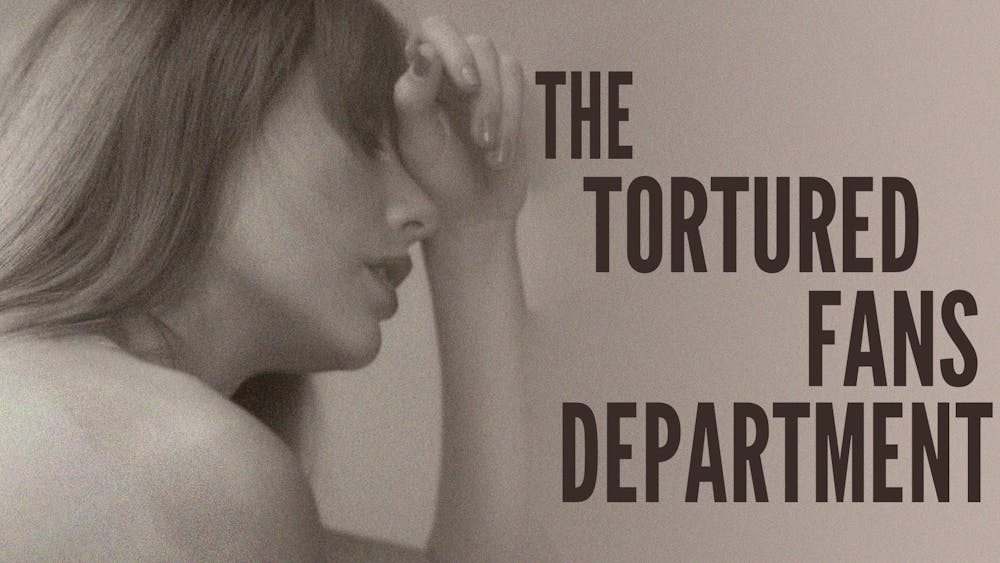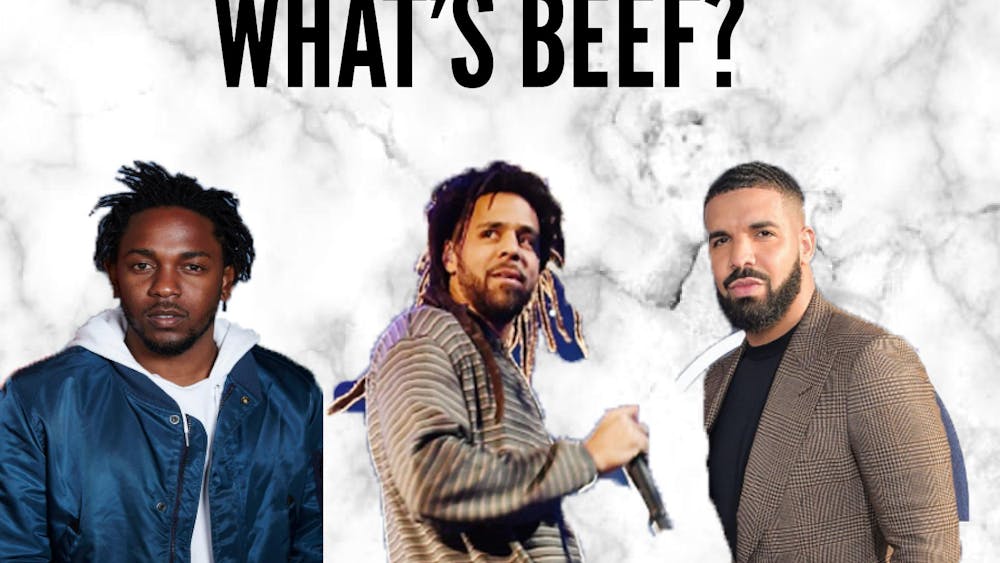"Harry Potter and the Sorcerer's Stone"
The first entry in the Potter movie franchise is basically a book-on-film. It carefully hits almost every single plot point and character detail from the book, and with good reason: Director Chris Columbus and screenwriter Steve Kloves had to please millions of fans and the bigwigs at Warner Bros., as well as set up six more movies (now seven, with the final book split into two parts).

That being said, the slavishly faithful adaptation does get kind of stale in places, and the inexperienced kid actors and rushed CGI job probably could have benefited from a shorter film with fewer scenes. The later movies, freed up because they don't have to establish backstory, are much bolder in tweaking Rowling's narrative into something suitable for the screen while still retaining the spirit of the books.
Harry Potter and the Chamber of Secrets
Harry Potter and the Chamber of Secrets is a very faithful adaptation of the book. There are only a couple minor differences, and these don't detract drastically from the movie. The scene form the book where Harry sees Draco and his father in Knockturn Alley is noticeably absent from the movie. Given the importance of the scene later in the story, it's kind of surprising, but the movie is still easy to follow.
The most notable differences is the effect of the Polyjuice Potion, which in the book gives Harry and Ron the voices of Crabbe and Goyle. In the movie their voices don't change, but it sets up some laughs when Harry and Ron have to fake the voices.

The downside to the film's faithfulness to the book is its excessive length. Coming in at close to three hours, the film tends to drag on, and can be hard to finish unless you are really dedicated.
There are scenes where the kids' acting is hard to watch, but this is true for the first few movies. The supporting cast of teachers and adults is stellar as always.
In other regards, the movie is very good. The sets are fantastic and the overall tone is than that of the first film. It's more dramatic, and the visual and music cues all come together very well.
Harry Potter and the Prisoner of Azkaban
Ah the joys of book three, "The Prisoner of Azkaban." Where Harry's journey first begins to turn towards the darker path it will take in later books right from the time Trelawney peers into Harry's teacup and spots the grim. We also get to meet arguably the coolest animal character: Buckbeak the Hippogriff. On the movie version end of things, Harry, make that the entire teenage cast, is having a bad hair year, but we'll chalk it up to growing pains? Overall perhaps not the best translation acting wise, but mark that as growing pains as well. The development of the character of Sirius Black from book to movie is not Gary Oldman's best, and least not in this installment, and Harry's confusion over what is going on is infectious to the audience. However it would be negligent to forget the performance of the newest Defense Against the Dark Arts teacher, dearest Remus Lupin! David Thewlis is consistently brilliant.
And oh the sweet blossom of young love for Ron and Hermoine, especially in the movie, where we can see the awkward hand brushes and glances between them. Classic double meaning mix up when they're in Hogsmead looking at the Shrieking Shack:
"Did you want to move a bit closer?"
"Huh?!"
"I mean, to the castle."
The movie and book both highlight with a brilliant revelation of Sirius as the good guy, with the scene in the Shrieking Shack even though the movie takes two hours to get there. From that fantastic scene the movie takes a downward spiral in the weird CGI battle between animangus Sirius and werewolf Professor Lupin, which is more comical than suspenseful.
The third movie, for better or worse, gives us a great Dumbledore line, and one that should be remembered by all for the dreaded finals season- "Happiness can be found in the darkest of times, if one only remembers to turn on the light."
Harry Potter and the Goblet of Fire
Director Mike Newell tackled Harry Potter and the Goblet of Fire in 2005. It is the fourth-highest grossing film of the series to date, and highlights the story of Voldemort's return as an evil force in the wizarding world. With colorful, action-packed scenes at the Quidditch World Cup and during the tournament between the three esteemed wizarding schools, the film raises excitement. It is the first in the series with the imminent present of a clash between good and evil in the whole wizard world, even incorporating the first major death of the series: (SPOILER ALERT!) Cedric Diggory. These darker moments are possibly reasons it earned the series' first PG-13 rating.
Adapting the fourth book in the Harry Potter series presented a difficult task for everyone involved. Considerably longer than the first three novels, screenwriters had to cut much more material to prevent the length of the movie from getting ridiculous. They did so with finesse, focusing on the Triwizard Tournament, which ultimately lead him to a duel with Voldemort resurrected. The film itself earns an "A-," but a "B-" for adapting from J.K. Rowling's book. Though the film chose the best elements of the book to focus on, it completely ditches Hermione's efforts with S.P.E.W. (Society for the Promotion of Elvish Welfare), fails to incorporate any scenes with the Dursleys and cuts down significantly on Harry/Sirius time (so rude, as Sirius' death looms!).
Harry Potter and the Order of the Phoenix
Despite being the longest book in the "Harry Potter" series, "The Order of the Phoenix" is the shortest film. After Mike Newell, director of "The Goblet of Fire," declined an offer to direct the fifth film, Warner Bros. landed on the mostly-unknown David Yates. Up to that point, his most successful works were made-for-TV movies. Yates entered and immediately changed the tone of the films.
Though the plot had darkened due to events in the last two films, specifically, the return of Lord Voldemort, Yates took that darkness farther than any of his predecessors and lay the background for the rest of the series, all of which he has directed. Unfortunately, many key elements of the book had to be cut. A wonderful Quidditch storyline was nixed for later revival in the sixth film. Though Yates did manage to capture much of Harry's inner turmoil, he missed the bit when Harry was a complete jerk through most of the book. Other minor, but key, details were left out in favor of a very specific overarching narrative. Also missing is much of the warmth and familiarity that draw fans back to Hogwarts time and time again.
That being said, Yates brought many wonderful new developments to the Potter films. The last chunk of the film as the main characters battle evil Death Eaters in the Ministry of Magic is stunning and easily the most exciting action sequence in any of the films thus far. Yates earns bonus points for casting some of the best characters of the films, notably Imelda Staunton as the pink-and-bubbly-yet-evil Dolores Umbridge and the superb Helena Bonham Carter as the maniacally evil Bellatrix Lestrange.
Harry Potter and the Half Blood Prince
"Harry Potter and the Half-Blood Prince" is an exceedingly dark novel, which highlights the increasing danger Harry and crew are under. The movie, directed by David Yates, dilutes this quality. Frequently referenced throughout the movie is the awkward relationship dynamic between Harry, Ron, Hermione, and their respective lovers. While some respite from the menacing storyline is necessary, this content is severely overused.
The film also has some baffling edits and additions. One is the seemingly unnecessary Death Eater attack on the Burrow. Not present in the book, this scene frustrated many a Potter-heads.
The film cuts a large portion of the climatic final scene as well. In the novel, a dramatic battle ensues when Malfoy and company gain entrance to the castle. In the movie, this scene is absent. Also, Dumbledore's poignant present in the novel is cut out. Instead, the students raise their wands to dissipate the Dark Mark, in an incredibly lame and cheesy fashion.
While it disappoints as a book adaptation, Harry Potter and the Half-Blood Prince is a great movie. The film is visually stunning, and the main cast has matured into high quality actors.












